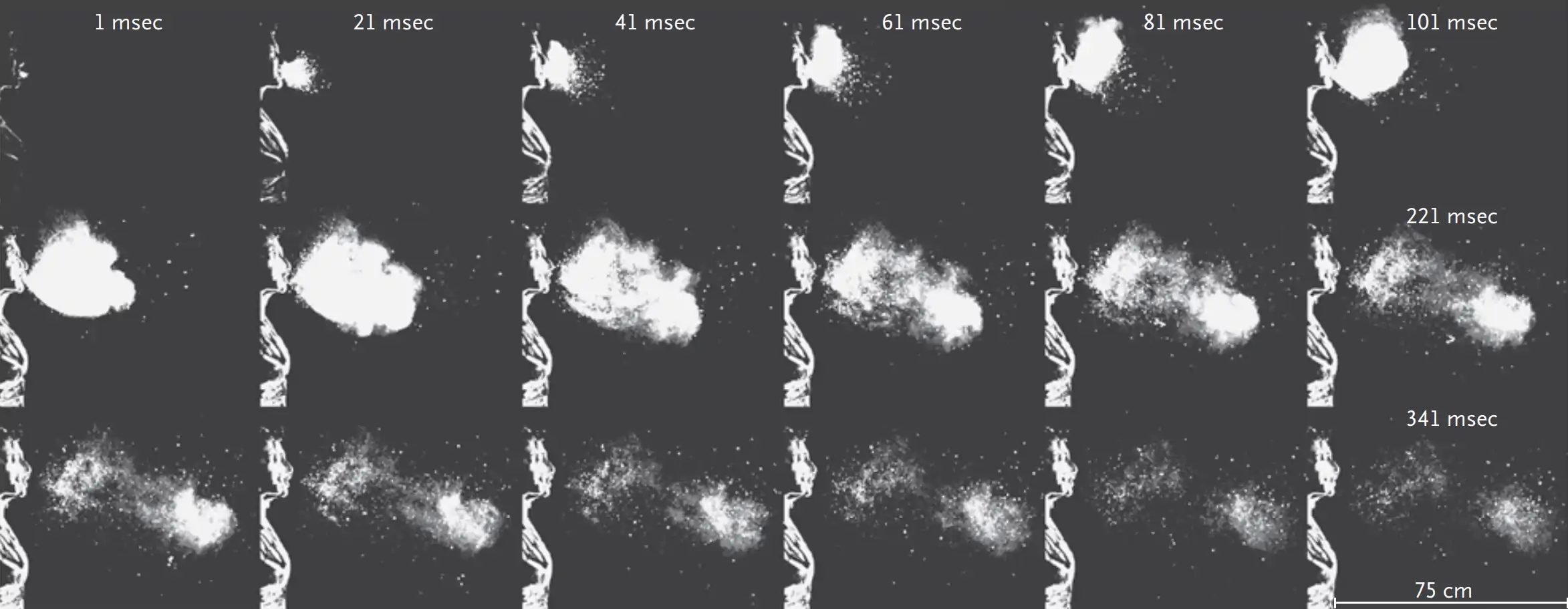Summary
- Scientists from the Massachusetts Institute of Technology and the University of Oxford argue that the six-foot rule is part of oversimplified, overly rigid, and outdated science. (source: Social distancing six feet apart is based on ‘outdated science,’ scientists say)
- Studies show that anywhere from 3 to 26 feet is needed to mitigate aerosolized water droplets, which are microscopic compared to larger sneeze/cough droplets on which the 6 ft. guidance is based on.
- 6 ft. can be too much or too little.
- Social distancing does not appear to achieve any public health objectives.
Details
- Originally proposed in 1897 by Carl Flügge, a German bacteriologist who studied the movement patterns of fluid droplets expelled from the mouth when speaking, coughing, or sneezing.
- Found that visible fluid droplets containing pathogens travel approximately six feet.
- 1940’s bacterium study confirmed this, but it also demonstrated that 10% of people produce droplets that go 9.5 ft.
- 8 of 10 recent studies demonstrate droplets travel > 6ft.
- One study showed an indoor sneeze traveling 20-26 ft.
- Oversimplification of the particle physics is a problem.
- It depends on various factors such as air flow modeling, temperature, viral survival, required critical viral load to cause infection, the type of virus, etc.
- 3 ft or 6 ft. may not be enough in some conditions, which is unsafe.
- In other cases, 6 ft. may be excessive and simply harmful to social, commercial, or other safety objectives.
- Distancing is in itself not a perfect solution by itself unless is it strict enough to be considered a quarantine.
- Note: Quarantines involve isolated a sick person. Lockdowns include everyone (the healthy). Social distancing is a hybrid strategy that is between unrestricted contact and quarantines/total lockdowns.
- Lockdowns have similarly proven to be ineffective.
- Also, older studies were all based on “large droplets”.
- Critical viral loads are carried by aerosolized respiratory droplets which cannot be seen by the naked eye.
- Spread of aerosolized droplets depends on many more things (talking vs. sneezing).
- Air currents greatly affect aerosols.
- Aerosols can remain in the air for up to 16 hrs.
- There is not a one-size-fits-all number for social distancing.
- There are too many factors to make it practical for social regulation.
- It is not effective enough to be considered protection.
- It might be best to quarantine sick people instead.
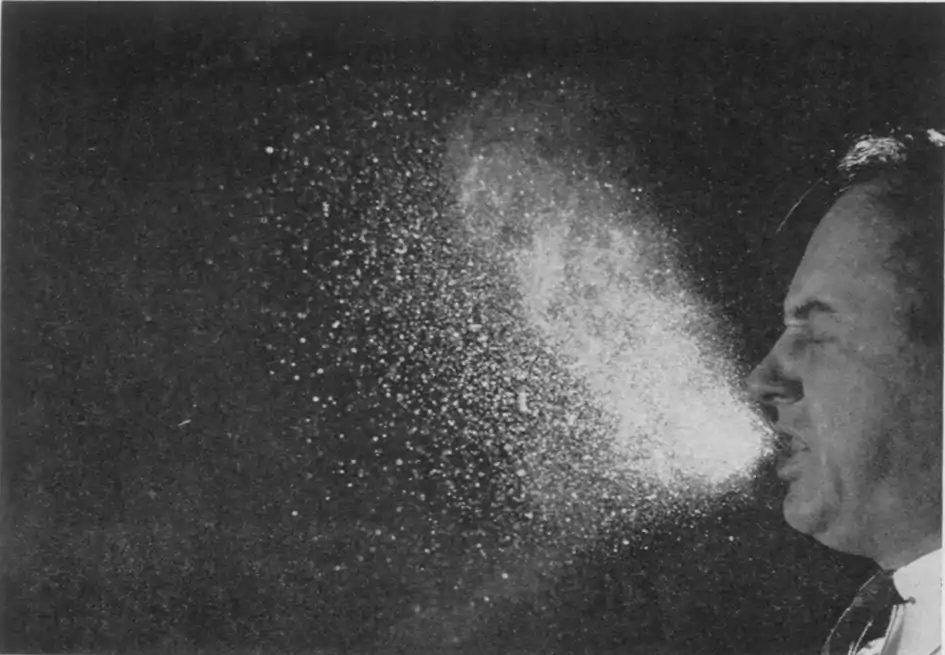
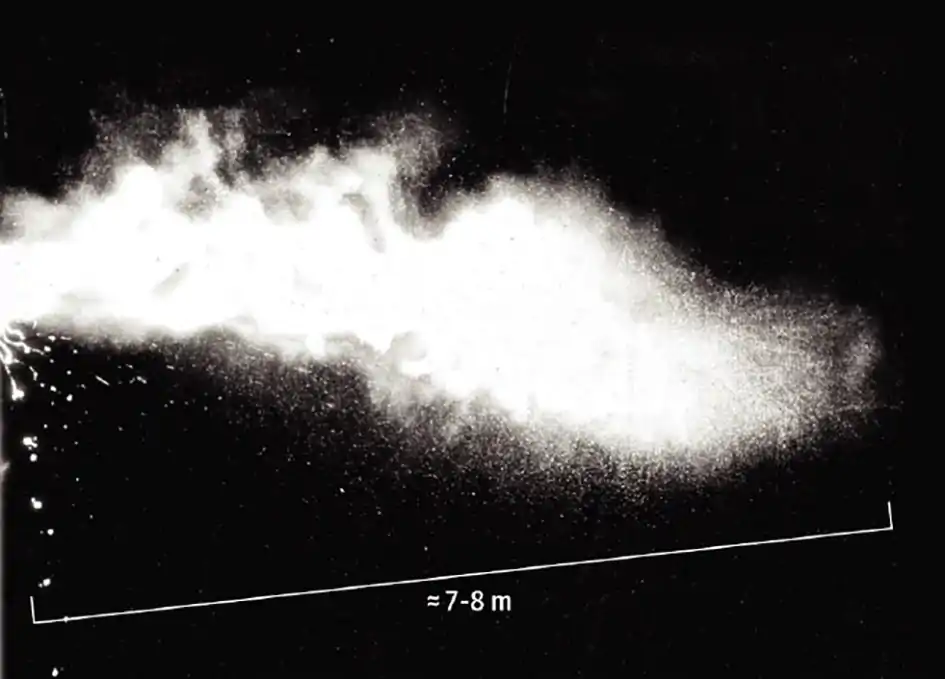
Most older studies focus on large droplets but viruses spread mostly by aerosolized respiratory droplets.
Social Distancing articles
| 57034 |  February 4, 2024
February 4, 2024
|
Florida grand jury investigating COVID-19 vaccines releases first report |
| 56627 |  June 7, 2023
June 7, 2023
|
Plandemic 3: The Great Awakening |
| 56472 | 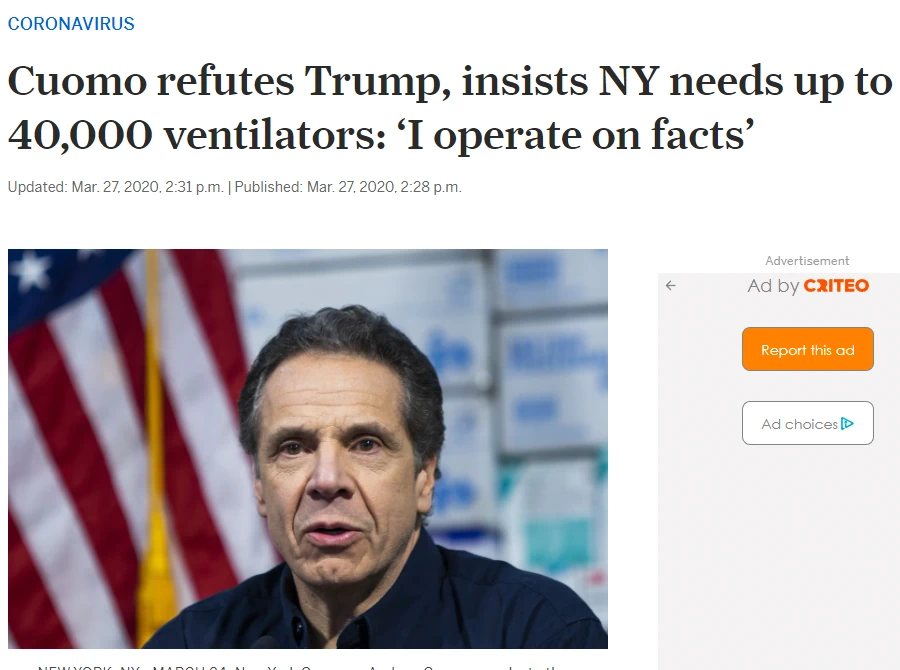 May 28, 2023
May 28, 2023
|
THREAD – The Great COVID Ventilator Death Cover-up |
| 56400 | 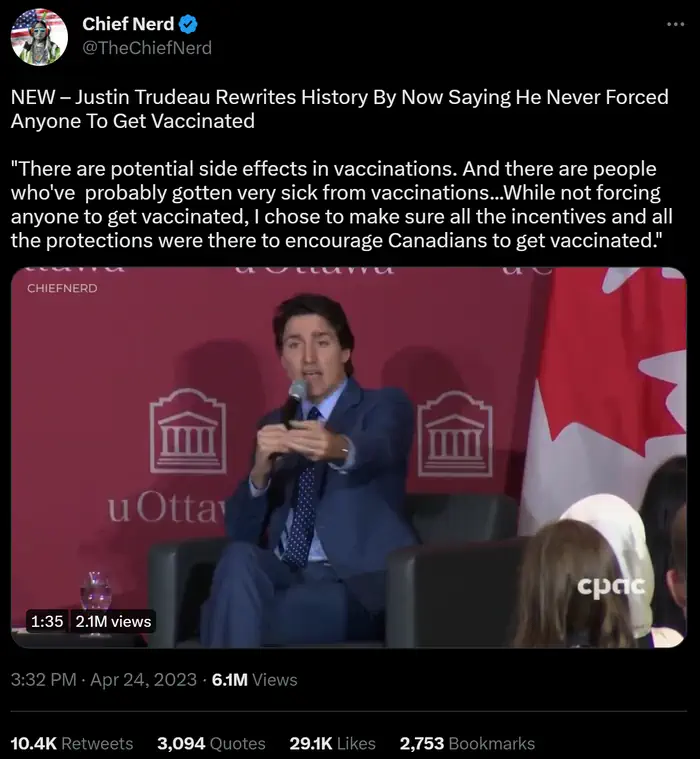 April 25, 2023
April 25, 2023
|
Justin Trudeau Rewrites History By Now Saying He Never Forced Anyone To Get Vaccinated |
| 56333 | 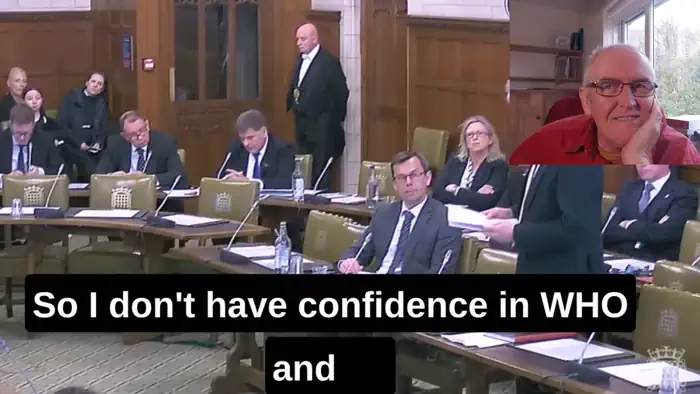 April 24, 2023
April 24, 2023
|
WHO new powers concern |
| 55905 | 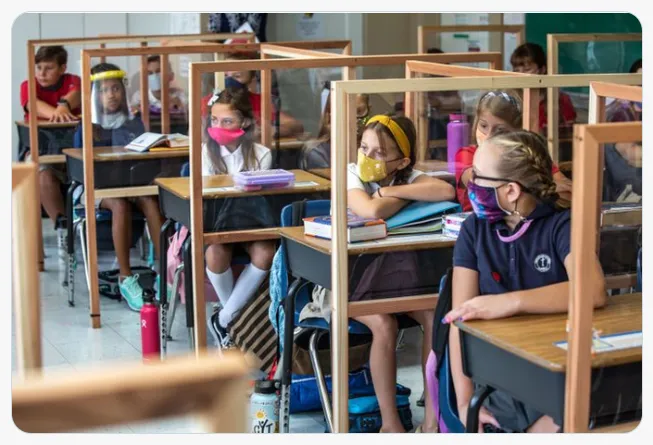 November 14, 2022
November 14, 2022
|
Lockdowns: The Great Gaslighting |
| 55555 | 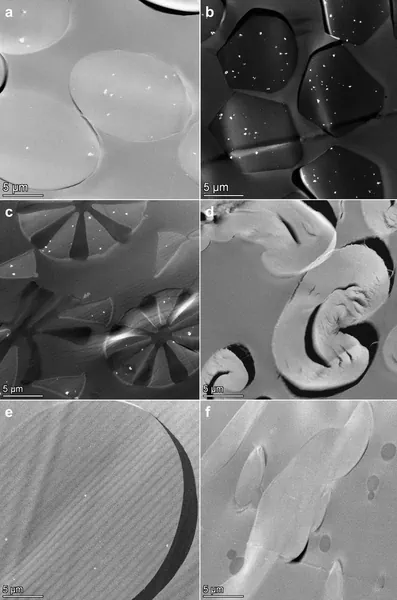 October 29, 2022
October 29, 2022
|
Masks Contain Titanium Dioxide (TiO2), A Suspected Human Carcinogen |
| 55354 | 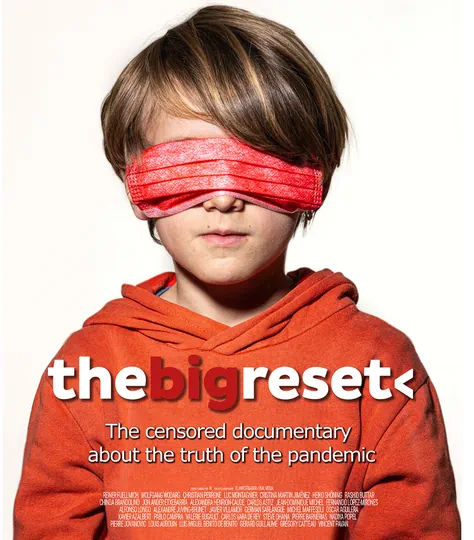 October 20, 2022
October 20, 2022
|
The Big Reset – the censored documentary about the truth of the pandemic |
| 54922 | 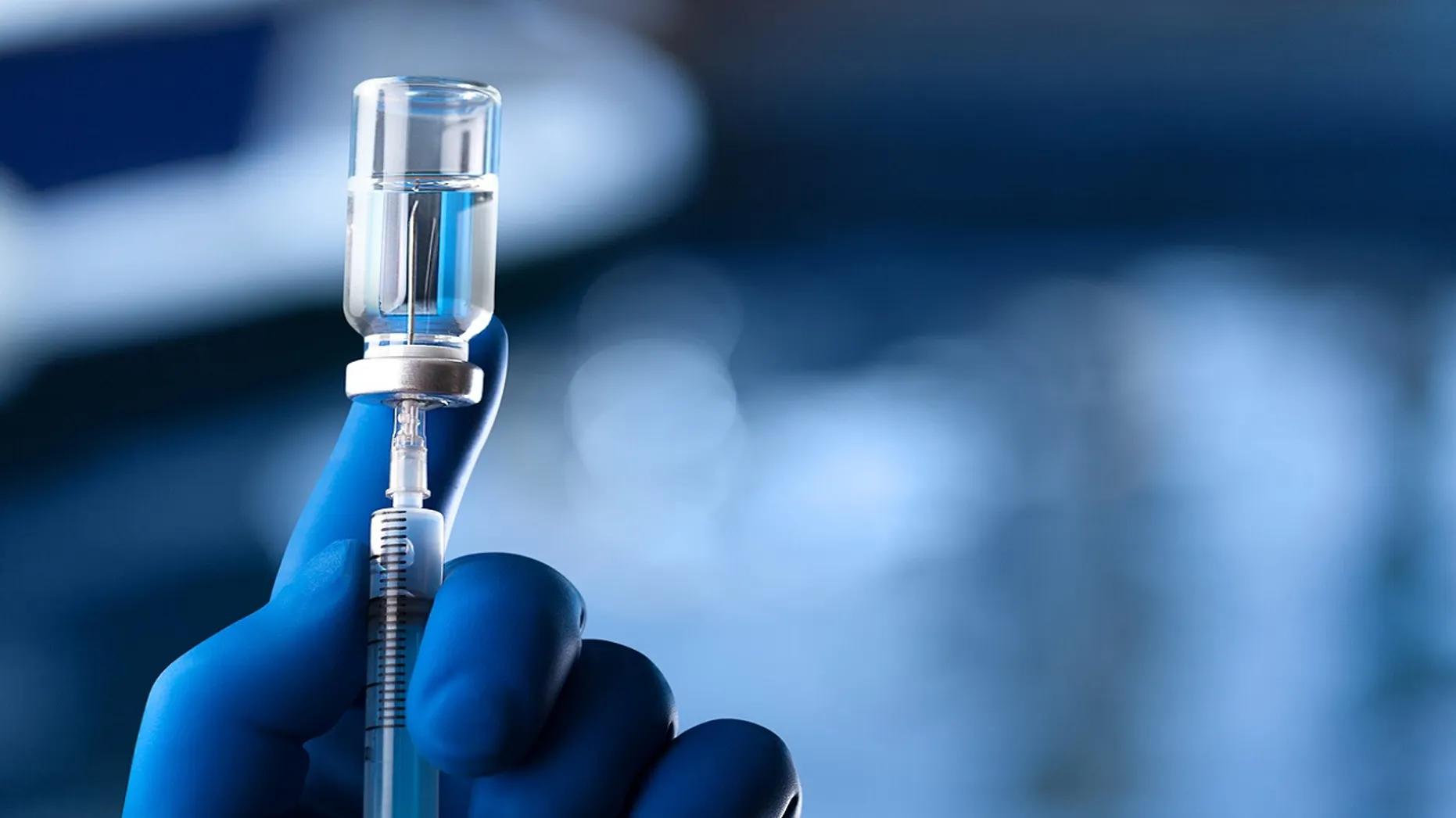 August 20, 2022
August 20, 2022
|
California, New York handled COVID-19 lockdowns the worst, Florida among the best, a new study shows |
| 52864 |  June 19, 2022
June 19, 2022
|
The Myth of Asymptomatic Spread |


